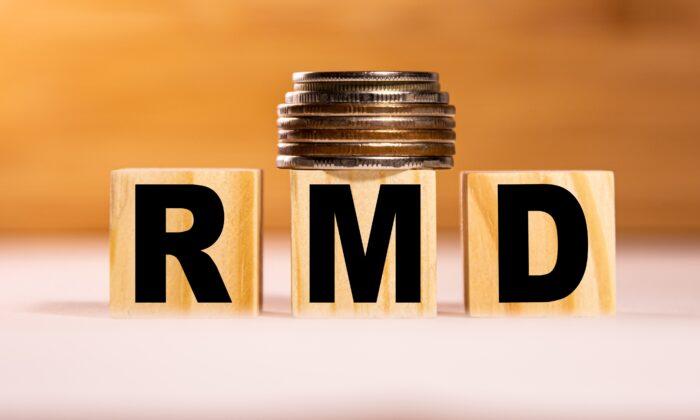When confronted with a task that’s necessary but joyless, it’s human nature to put it off until the last minute. And for some retirees, taking withdrawals from their retirement savings accounts is another chore that falls to the bottom of their to-do list.
Investments in traditional Individual Retirement Accounts (IRAs) and 401(k) plans grow tax-deferred, but you must pay taxes when you take the money out.
If you’re reluctant to withdraw money from retirement savings, you may be gratified to learn that you have more time to procrastinate. SECURE (Setting Every Community Up for Retirement Enhancement) Act 2.0, which was signed into law late last year, increased the starting age for taking required minimum distributions (RMDs) from traditional IRAs, 401(k)s and other tax-deferred plans to 73, from 72. In 2033, the starting age for RMDs will increase to 75.
The RMD deadline is irrelevant to retirees who need funds from their IRAs to pay their living expenses. But if you’ve been putting off taking distributions from your IRA because you have other sources of income, postponing your day of reckoning with the Internal Revenue Service (IRS) could prove costly, financial planners say.
Your RMDs are calculated annually based on the amount of money in all of your tax-deferred accounts at the end of the year and your life expectancy as determined by the IRS’s Uniform Lifetime Table. When you delay distributions, you have fewer years in which to spread out your withdrawals, resulting in a larger RMD.
Depending on the size of your RMD, the withdrawal could push you into a higher tax bracket and trigger other consequences. For example, a large withdrawal could trigger a Medicare Part B surcharge that’s paid by higher-income beneficiaries.
The most effective way to reduce your RMDs is to reduce the amount of money in your tax-deferred accounts before you’re required to take distributions, says Craig Toberman, a certified financial planner in St. Louis. Converting some of the funds in your traditional IRAs to a Roth IRA, which doesn’t have RMDs, is one way to accomplish this goal. You must pay taxes on the amount you convert, but afterwards all withdrawals are tax-free, as long as you’re 59.5 or older and have owned a Roth for at least five years.
Converting to a Roth can also shield you from the Medicare surcharge because withdrawals won’t increase your modified adjusted gross income.
Ideally with the help of a financial planner, you can calculate how much to convert each year without moving into a higher tax bracket and/or triggering the Medicare surcharge.
If you don’t have funds outside of your IRA to pay taxes on a Roth conversion, another way to shrink the size of your IRAs is to take modest distributions from your accounts before you’re required to take RMDs. As long as you’re 59.5 or older, you won’t pay a 10 percent penalty on the distributions. You’ll owe taxes on the withdrawals, but if you’re no longer working, you’ll probably pay the taxes at a lower rate. An additional benefit is that you’ll be able to use that income to delay filing for Social Security, ideally until age 70, so you can take advantage of delayed-retirement credits.






